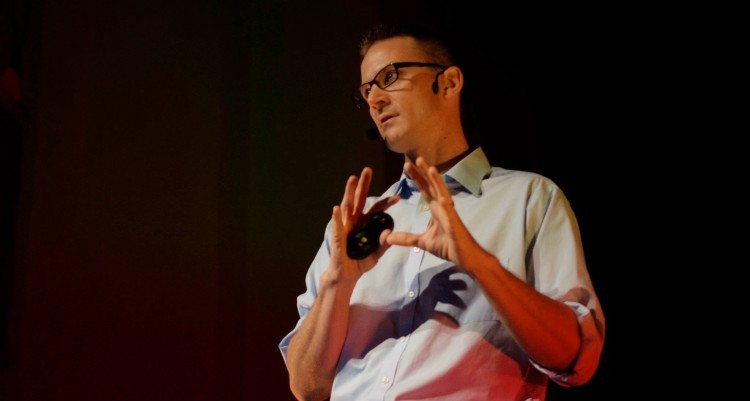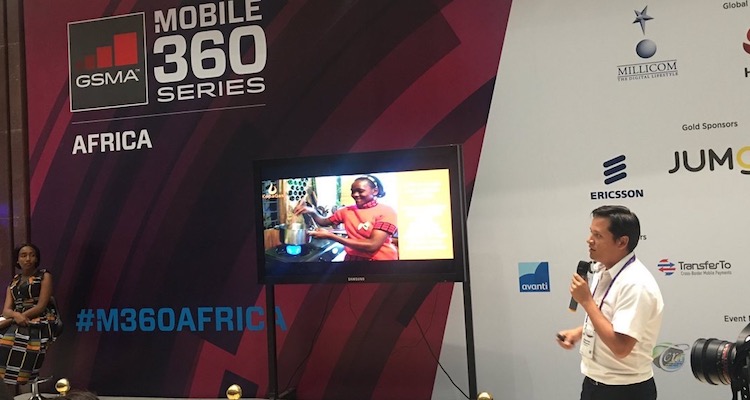The last 10 years have been a heck of a ride.
I have had the good fortune of building my career, and one of my most successful businesses (International Solutions Group), in the international development and humanitarian aid sector. I began this career as most of us do – I went to school and got a Master’s Degree. Then I cut my teeth at the bottom rung of the totem pole: I was an intern (admittedly for a very short period of time), then an admin assistant and project assistant. I also did time as a proposal writer (business development) and was definitely on my way to a more or less standard field level position as a manager or director until my wife intervened and we started our overseas adventure together following her career. Because of the way it played out, I jumped into consulting somewhat unexpectedly, and more out of necessity than anything else. I’ve been very lucky that this “leap” has ultimately panned out over the past 10 years and has resulted in a sustainable company that has worked in more than 30 countries.
What does consulting look like?
The work that ISG does is classic consulting, or technical assistance. It should be no surprise to the AP community that ISG specializes in improving the performance of organizations and programs (as the is ultimately the genesis of AP). Our company goal is to “make aid and development better.” We do this by designing strategy, performing evaluations, giving trainings and building technology for our clients. My point is that we don’t sell a specific product or service other than our time and our brains (yet!).
At this stage ISG’s work is usually performed by teams – some of only one or two people, some with dozens. Sometimes the work takes days, sometimes it lasts for a year or more. Almost all of the people on these teams are consultants as well, and have the specific technical expertise needed to satisfy the client’s specific needs.
Why is consulting important?
Consulting is something of a holy grail in our sector (and in so many others). You are an “expert.” You make your own hours, you work for multiple clients, you travel and you get paid the big bucks… right? I can’t tell you how many times over the past 10 years that I’ve had a conversation with someone about how they are looking forward to jumping into consulting (or starting their own consulting company). As I’ve written in the past – I always initially council them to walk away from both. (see here and here).
But, I will admit, while there are definite downsides to consulting, when it is good – it’s great. So its understandable why so many people are interested in pursuing consulting as a career and lifestyle.
I get questions about consulting all the time: how to craft your CV, how to network, how to set rates, how to negotiate contracts, how to create sustainability… the list is endless. While there is a good deal of professional best practice for everyone to learn, the real, unfortunate answer to almost all of these questions is… “it depends.”
So, what does the process of consulting actually look like? What does it take to get a consulting contract (the time, the effort, the phone calls, the negotiations)? Unless you have a mentor you are working under, or have some other avenue for being led by the hand into consulting, you’re going to have to figure it out on your own. This was my experience – figuring it out one client at a time.
The challenge
This post is the launch of a series here on AP designed to provide real world insights into the time, energy and effort necessary to procure a consulting contract, with me as the crash test dummy. I’m going to start at the very beginning – by refreshing my resume(s) and take it all of the way through the execution of a contract. Along the way I’ll track my progress – the emails I send, the communications I have, the leads or nibbles, the interviews, the rejections… the whole shebang.
Now, you might be saying, “Ladek, you’ve been doing this a long time, you’re sure to access, connections, experience, etc. that will make this eas(ier).” While, in the most general sense, this is true, I’m still subject to the same rules as everyone else. I have to keep my network well cared for, I have to search for opportunities, I have to write proposals and cover letters, etc.
I am also going to up the ante: by seeking a consulting contract outside of my usual comfort zone (Monitoring and Evaluation). I will be looking for a gig in the Strategy, Leadership and Org/Program design niche. This work is closely connected to M&E, but occupies its own space and is highly, highly competitive. In this way, I hope to mimic the issues many of you have asked me about when transitioning or getting started in the Aid/Development business.
Finally, this is live without a net – I haven’t prepped any of the posts or material, nor do I know what the outcomes will be. I could completely fail. I’m trying to mimic a real world experience. This will include personal/family obligations, other professional commitments and who knows what else the tide will bring in.
I encourage you to play along – tell me if there is something I’m doing that you’d do differently, or maybe there is a technique I use that you would like to copy. Maybe you have suggestions for interviews that I should know about or a way to format a CV that has worked well. Maybe you have a connection in your network that would be helpful, or interesting in hiring me (!). I encourage you to critique me and share with everyone following along so we can all learn this process and make it better along the way! (Just use the comments below!)
PS – a couple of baseline rules I’m going to follow (I’ll keep this updated):
- I’m going to be as transparent as possible, but there will be cases where I need to keep the names of people and companies a secret.
- I’ll keep a score card of opportunities I think I am a good fit for, the ones I actually apply for, the # of interviews/callbacks I get on this public Google Doc.




